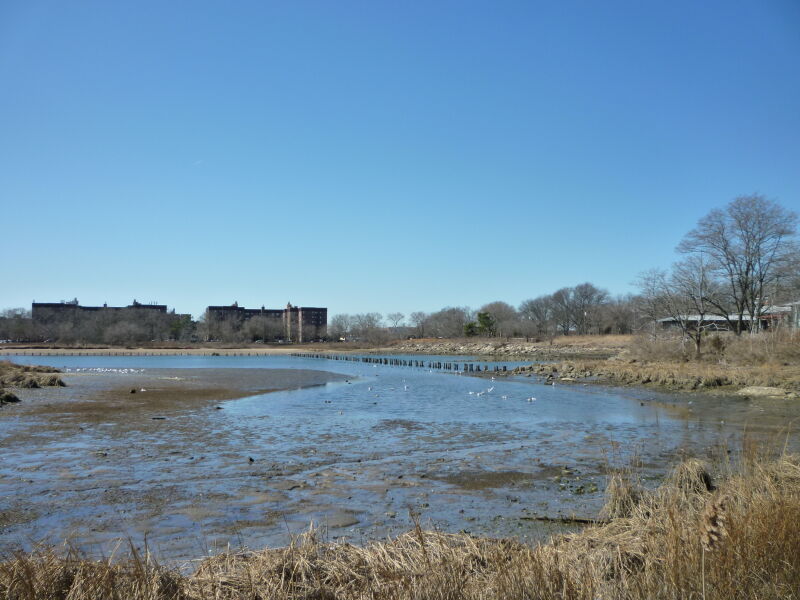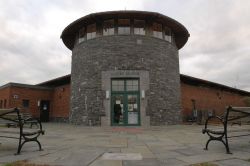Marine Park
Gerritsen Ballfields
Gerritsen Beach is part of the greater neighborhood of Marine Park, and takes its name from Dutch colonist Wolphert Gerritsen, one of the first settlers of the land. Gerritsen built a gristmill on what is now called Gerritsen Creek in the latter half of the 17th century. The mill was in continuous operation until 1889, and it was destroyed by fire in 1935. Gerritsen Creek, a freshwater stream, extended about twice as far inland as it does today, until 1920, when its course north of Avenue U was converted into an underground storm drain. The creek was probably a favorite hunting and fishing spot for Native Americans living in the nearby Keshawchqueren village. Archaeological excavations in Marine Park have revealed food preparation pits dating from 800 to 1400 C.E. which contain deer and turtle bones, oyster shells, and sturgeon scales.
Gerritsen Creek continues to supply Marine Park’s salt marsh with fresh water, which helps the marsh support a wide range of organisms. Broad expanses of fertile salt marsh, meadows adorned with wildflowers, sandy dunes held in place by beach plants, and jungle-like thickets of shrubs and vines dominate the landscape of Marine Park. Myrtle warblers, grasshopper sparrows, cotton-tailed rabbits, ring-necked pheasants, horseshoe crabs, and oyster toad fish are a small sampling of the animals that inhabit these plant communities and live in or around Gerritsen Creek.
Gerritsen Ballfields includes three baseball fields, two athletic fields for soccer and football and one Little League field. This site underwent a $192,000 renovation sponsored by Council Member Herbert E. Berman in 1993. The park area also supports a mini airport for model planes located at Seba Street and Gerritsen Avenue.
Check out your park's Vital Signs
Clean & Safe
Green & Resilient
Empowered & Engaged Users
Share your feedback or learn more about how this park is part of a
Vital Park System










